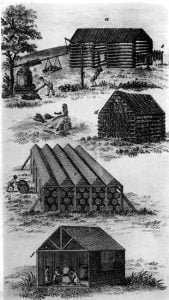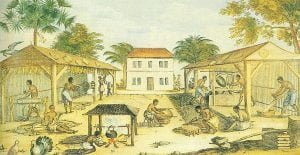Varieties of Tobacco
A complete story on the origin of the early varieties of tobacco would be a very significant contribution, since very little is known about them. Most writers agree that the tobacco cultivated by the English settlers was not the same “Nicotiana rustica” grown by the Indians, but “Nicotiana tabacum”, the type found growing in South America and the West Indies. The difference between these two types was profound, both in taste and size. The plant native to Virginia was small, growing to a height of only two or three feet, whereas “Nicotiana tabacum” grew from six to nine feet tall. … Read more



